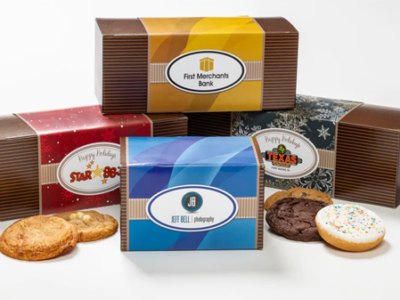Nowadays, steel frames are widely used in residential buildings, industrial construction, and commercial projects, among others. Many people in Australia still believe that steel frame sheds are relatively new in contemporary architecture. Nevertheless, many individuals are unaware that steel has been utilised as a building material in Australia for decades.
Looking even farther back, steel has been utilised as a building material all across the globe since before the twentieth century. Train stations were one of the earliest significant applications of steel in buildings. Following this, the usage of steel extended to encompass churches and other structures. Due to a lack of conventional construction resources such as wood after WWII, Australia developed a steel wall framing technique.
What Exactly Is Steel Framing?
Steel framing is a robust, precise, solid, and long-lasting alternative to conventional timber frames. A lightweight steel frame is, in fact, the prefered option for residential construction. Steel frame sheds are significantly more versatile than typical timber sheds in terms of size and design, and they provide a high-quality steel shed.
The majority of steel construction uses exceptionally strong light gauge steel. Steel framing, which is manufactured and built on-site, can fit almost any structural need.
What Should I Expect After Building My Shed With A Steel Frame?
Without routine maintenance and care, buildings may deteriorate over time. Steel framing, on the other hand, is a suitable construction option because of its capacity to endure typical causes of degradation while needing little maintenance. Your steel shed’s lifetime may be extended if you maintain it on a regular basis and repair minor problems promptly.
There are several reasons why shed builders are turning to steel frame shed as an alternative to wood, particularly for those looking to leave a smaller ecological imprint.
What Are The Benefits Of A Steel Frame Shed?
In recent times, steel frame sheds have gained popularity because of the many advantages they offer to homeowners and builders. Here are some benefits of steel frame sheds:
Inventive and Adaptable
Steel framing provides for more imaginative and flexible designs than conventional technologies like wood frames or concrete. Steel frames are more resilient to twisting and warping, so your home’s roof, ceilings, and walls will preserve their original look with cleaner lines and details.
Durable Material
A steel frame shed may survive between 50 and 70 years. It is more affordable, lighter, and more resilient than conventional building techniques. Since a steel frame is resistant to pests attacks, a house built with a steel frame but without a termite barrier is a reasonably safe option for homeowners.
Cyclone Resistant
Steel has the best strength-to-weight ratio of any home construction material on the market today. This implies that your structures and foundations can withstand higher winds, bigger storms, and even the rare lightning strike.
Environmentally Friendly Building Material
Steel is completely recyclable and has a low environmental impact.
Uses Less Energy
Steel-framed dwellings are more energy efficient in terms of temperature regulation than wood or brick-framed buildings.
Requires Little Upkeep
This means that steel frame sheds are of excellent quality, with a precise and smooth finish that protects frames over time.
What Are the Drawbacks of a Steel Frame Shed?
While steel framing has certain benefits, it also has some disadvantages.
Inadequate Insulation
Steel-framed structures are poor in terms of energy savings and insulation. This is due to the fact that steel transmits more heat than wood, diminishing insulating qualities by 60% due to thermal bridging. This might result in greater energy expenditures.
Wrapping insulating boards around steel beams, in addition to standard insulation between studs, is one efficient approach for a homeowner to combat this issue. Another alternative is to use hybrid steel/wood frames, which combine the strength, durability, and support advantages of both steel and wood.
Design Restrictions
Steel-framed structures are long-lasting, but their roofing options are limited. Metal-framed roofs, unlike wood roofs, seldom feature steep pitches or dormers. However, adding a hardwood frame to the top of a steel-framed structure may overcome this architectural issue.
Rust
While steel is resistant to harm, rust may be a major issue, particularly when metal is exposed to leaks for extended periods of time. Rust, if left untreated, may compromise the integrity of your infrastructure and result in expensive repairs.
Barrier coatings and paints, on the other hand, are easily accessible to cover steel surfaces and separate them from water, light, and oxygen in order to resist corrosion.
More Expensive
Steel frames are somewhat more costly than wood frame alternatives. Steel frame installation necessitates the use of specialised equipment. Metal frames will cost around 10% and 20% more than timber framing. When hiring skilled home frame contractors, factor in additional insulation expenses, corrosion prevention, and any extra labour required when adding or remodelling walls.













Comments